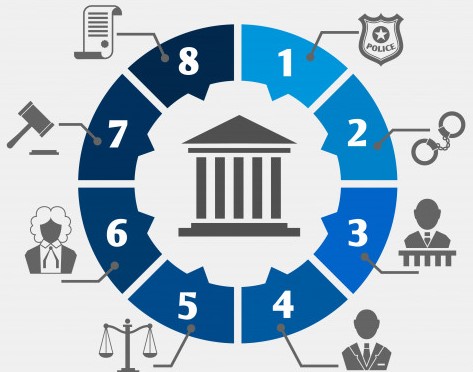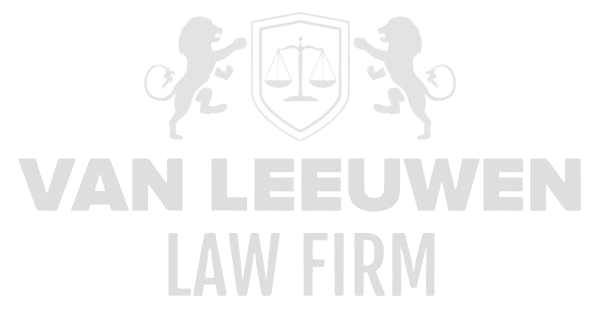People typically become involved in already existing fraud schemes as a result of power that is exercised on them by another individual. The five (5) separate types of power include: reward, coercive, expert, legitimate and referent. It is through either one or a combination of several types of power that a potential fraud perpetrator is influenced to become involved in a fraudulent scheme.
Reward power is the ability of a fraud perpetrator to convince a potential victim that he or she will receive a benefit through participation in the fraud scheme.
Coercive power is the ability of a fraud perpetrator to make an individual perceive punishment if he or she doesn’t participate in the fraud. This punishment is typically based on fear.
Perceived Expert power is the ability of the fraud perpetrator to influence another person because of expertise or knowledge.
Legitimate Power refers to the ability of the fraud perpetrator to convince a potential fraud perpetrator that he or she truly has power over him of her. For example, het CEO and other member of management may claim to have legitimate power to make decisions and direct the organization, even if that direction is unethical. Legitimate power can be an extremely powerful tool in recruiting individuals to participate in fraud in authoritarian cultures.
Referent Power is the ability of the fraud perpetrator to relate to the potential co-conspirator. Fraud perpetrators will often use perceived referent power to gain confidence and participation from potential co-conspirators when performing unethical acts. Many individuals , when persuaded by a trusted friend to participate in fraud will rationalize the actions as being justifiable.

